6 Myths and Misconceptions about Edible Bird's Nest

Table of Contents:
- Myth 1: Harmful chemicals are used in processing bird's nests
- Myth 2: Edible bird's nests are non-vegetarian
- Myth 3: Harvesting a bird's nest is inhumane
- Myth 4: Red bird's nest is the result of the swallow's blood entering its saliva
- Myth 5: Bird's nest is only for the elderly
- Myth 6: Cave nests are better than farm nests
- Golden Nest's Organic Edible Swallow Bird's Nest
Edible Bird's Nest is a high-end delicacy in Chinese culture. The main ingredient in bird's nest soup. It can also be found in nutritional drinks because of its numerous health benefits. Rich in collagen, protein, amino acids and necessary minerals, bird's nests are good for the skin, bones, respiratory system, and immune system. It can improve the appetite, offer support to pregnant mothers, and fight free-radicals that contribute to early aging and diseases such as cancer.
Made from the saliva of swallows, food-grade bird's nests were originally found deep in caves, alongside the walls of buildings, and high up in trees. Unfortunately, there are many myths and misconceptions surrounding their safety, sourcing, and consumption. This article will look at six of the most common falsehoods and dispel them.
1. Harmful chemicals are used in processing bird's nests.

Some believe that in order to sterilize a bird's nest for human consumption, potentially dangerous chemicals must be used. For example, one of the misconceptions about white bird's nests is that bleach is used to get the translucent color. While this may have been a practice of some disreputable sources in the past, bird saliva is white, so the nests are also white. Over time, a bird's nest that is left alone will begin to fade to off-white and then yellow.
Golden Nest bird's nests are cleaned by the traditional hand method free of any bleach or artificial colors with utmost concern for safety and hygiene.
2. Edible bird's nests are non-vegetarian.

A bird's nest is made from the saliva of a swallow, or swift, much like milk comes from cows. There is no meat in a bird's nest. Those who avoid animal products altogether may take issue with edible bird's nests, but it is safe for vegetarian consumption. Whereas it is true that it is not a vegetable, eating it does not contradict a meat-free diet.
3. Harvesting a bird's nest is inhumane.
Abandoned bird's nests are harvested after chicks have hatched and flown away. No bird has to die for humans to enjoy bird's nest products. Swallows return to the area during the next nesting season and build new nests for their eggs. This is then followed by another round of harvest.
Bird's nest farming is a more responsible and sustainable approach to sourcing bird's nests. In this case, man-made structures are erected to provide an ideal and more controlled environment for nesting. Cruelty-free farms promote the well-being of the swallow population and assure the quality of the bird's nests.
4. Red bird's nest is the result of the swallow's blood entering its saliva.

This is one of the oldest myths surrounding red bird's nests, also called blood nests, for this very reason. Some also believe that the nests are red due to the swallow eating seafood.
In truth, bird's nests take on a red color because of the swallow's diet. Swallows like to snack on the lotus flower which has a dark-red colored seed. Ingesting these seeds in the microclimates of Indonesia and Southeast Asia imparts a crimson color to the bird's saliva resulting in a red nest. This may also have something to do with the minerals present in caves where swallows nest.
Red bird's nest is the rarest, most expensive, and most sought-after form of bird's nest.
5. Bird's nest is only for the elderly.
Because bird's nest is effective in treating ailments like dry cough, phlegm, fatigue, poor digestion, and constipation, many believe it to be an old person's remedy. In reality, the protein and minerals contained in a bird's nest work as a growth supplement for children. Filled with epidermal growth factor (EGF), it aids in repairing tissue, rejuvenates the skin, and is known as a beauty food for women.
Edible bird's nest can also boost sexual performance in men, and it helps pregnant mothers maintain health and immunity, particularly after the first trimester.

6. Cave nests are better than farm nests.
This myth is totally false. Cave nests are in low supply, and therefore more expensive, because they are difficult to harvest. Excessive minerals found in cave nests are thought to make them superior in quality, but farm nests still have similar protein and amino acid levels.
Modern husbandry methods and farming structures are designed to mimic the conditions of natural caves. Farm nests are routinely harvested to ensure optimal freshness, cleanliness, and quality.
Golden Nest Bird's Nest

Traditionally reserved for ancient royals and nobles, edible bird's nests can now be safely enjoyed by anyone seeking its nutritional benefits and restorative qualities. Golden Nest carries top-quality white, gold, and red bird's nests as well as bird's nest soup and bird's nest drinks. Bringing health, variety, and excellence to our customers, we pride ourselves in being able to supply a wide range of different grades in each nest category to accommodate our customer's unique preferences and needs.
Nutritional benefits of edible bird's nest include:
- Pregnancy support
- Cures cough and loosens phlegm
- Alleviates lung diseases like asthma and tuberculosis
- Aids cancer patients
- Improves digestion
- Increases appetite
- Helps maintain healthy skin
- Supports immunity
Founded in 1996, Golden Nest serves tens of thousands of customers in the U.S. and abroad who are interested in optimal health and the benefits found in consuming edible bird nests. Providing only the highest quality products derived from natural and organic sources, we remain the most trusted brand in the nation.


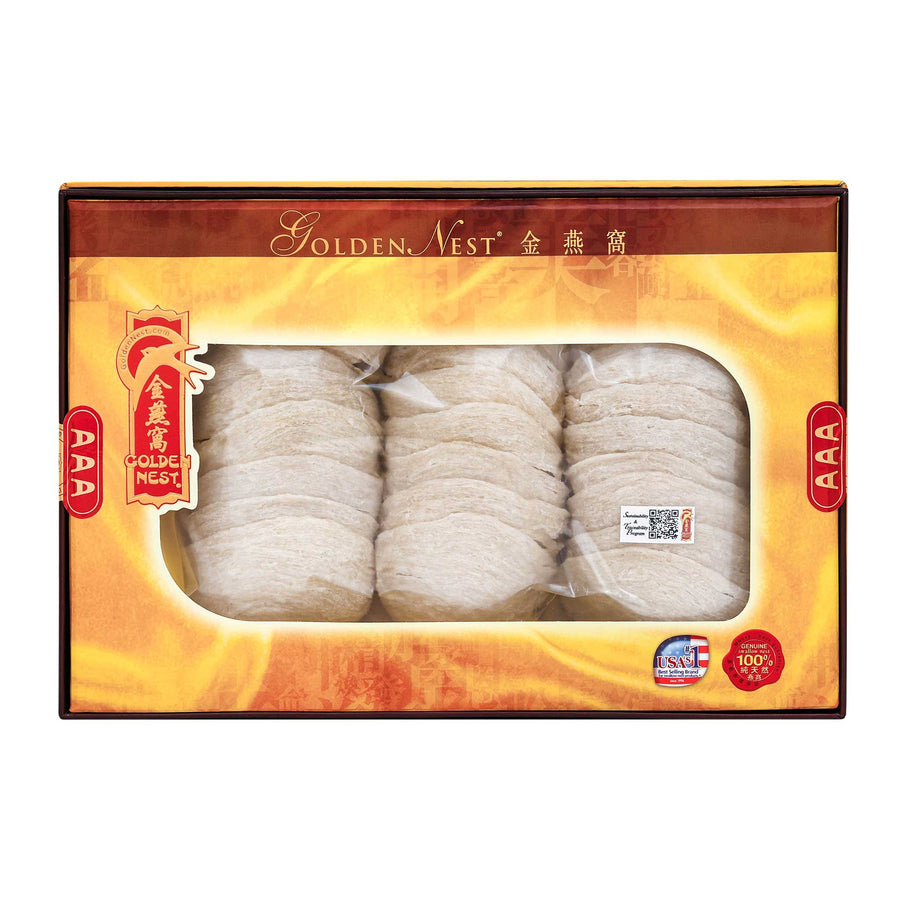
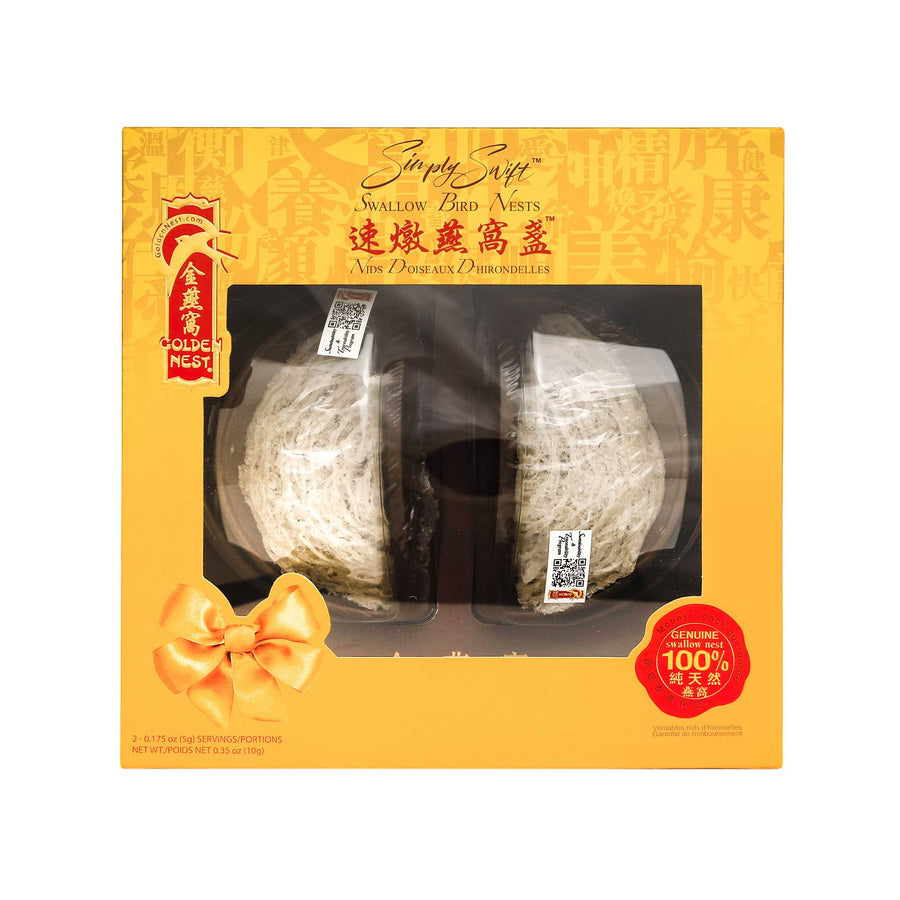
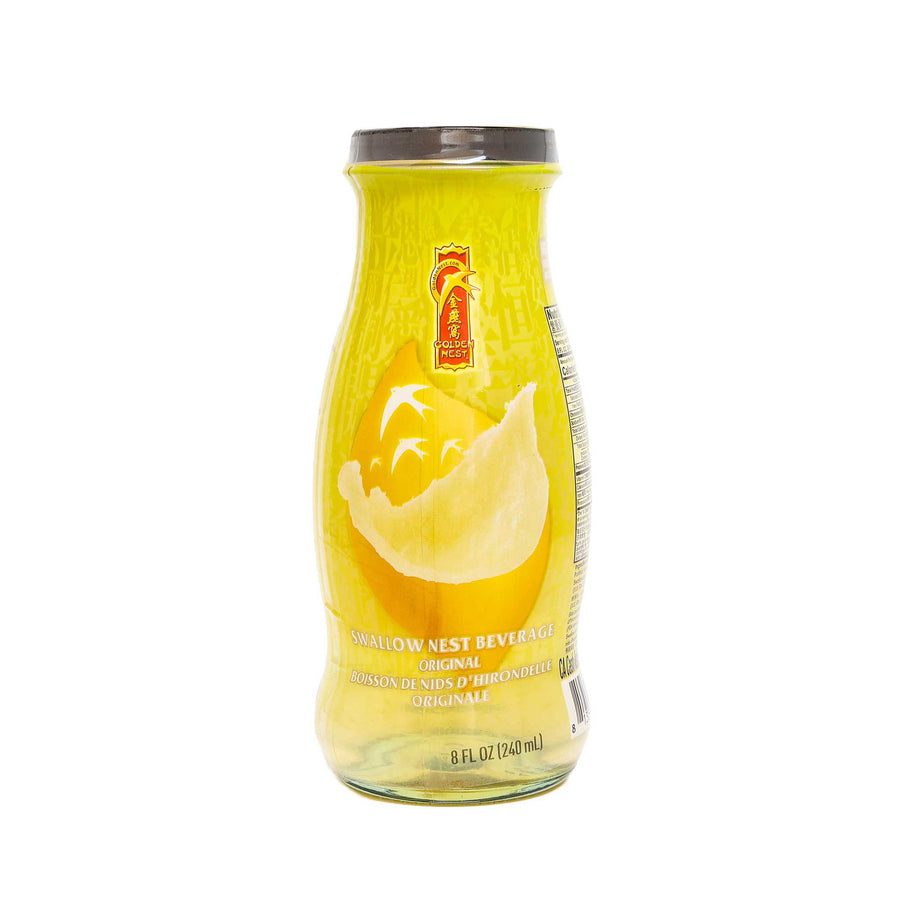
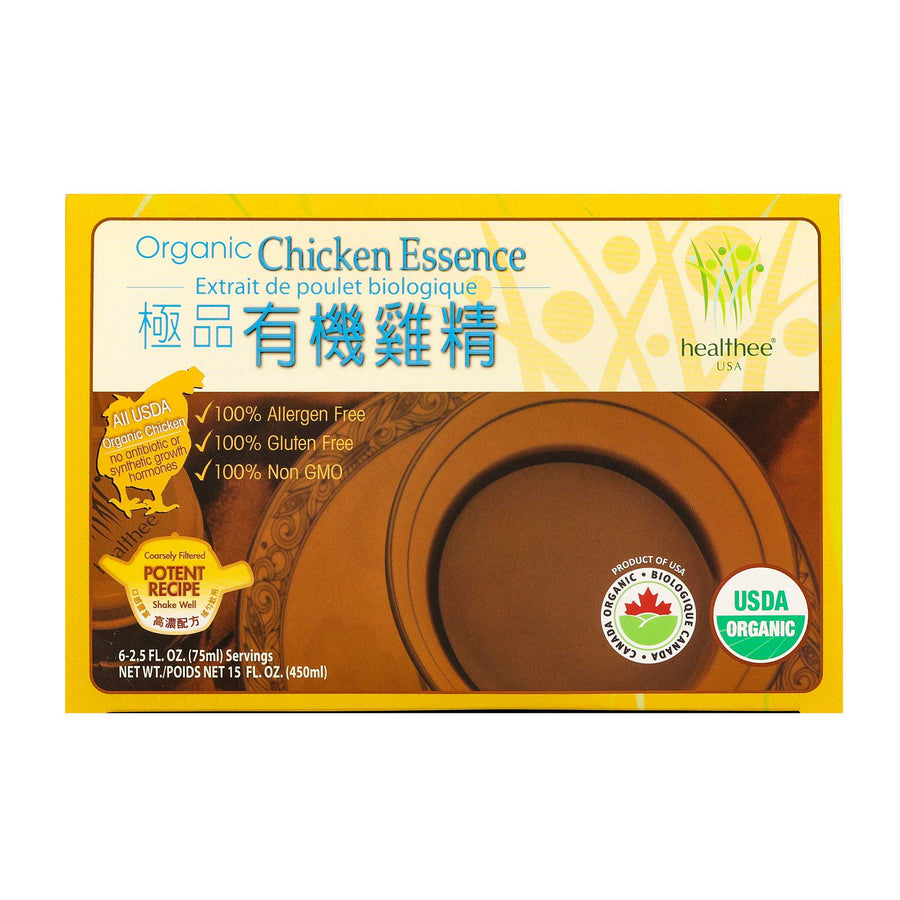

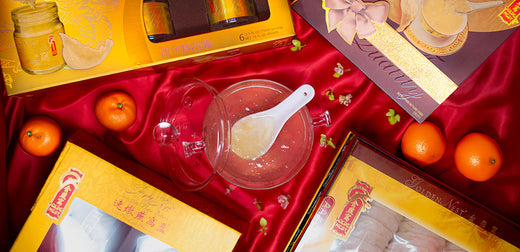

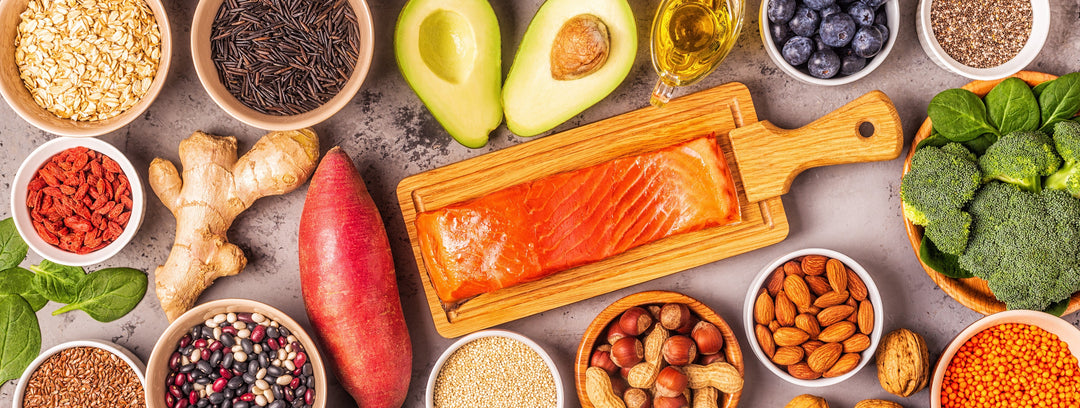
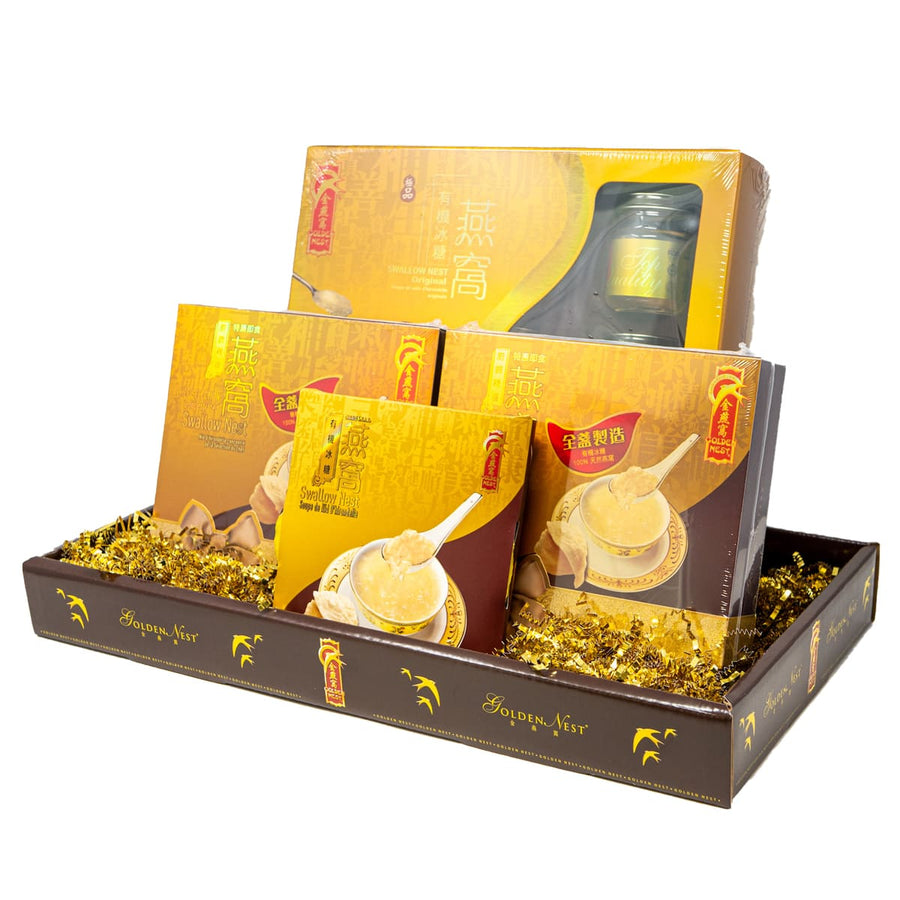

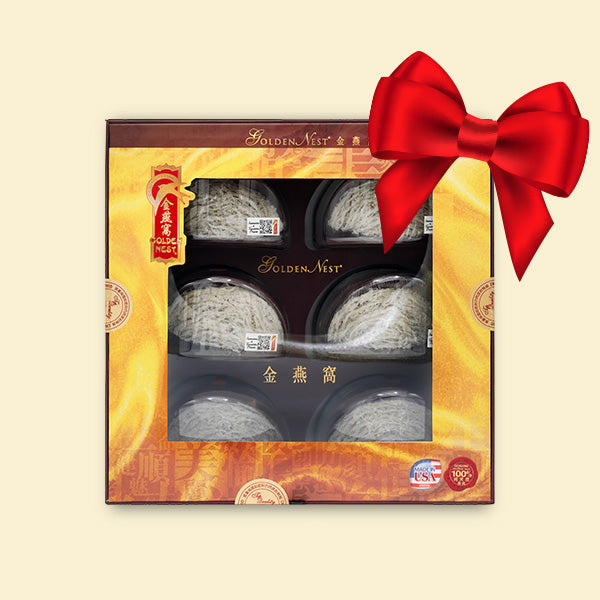

Leave a comment